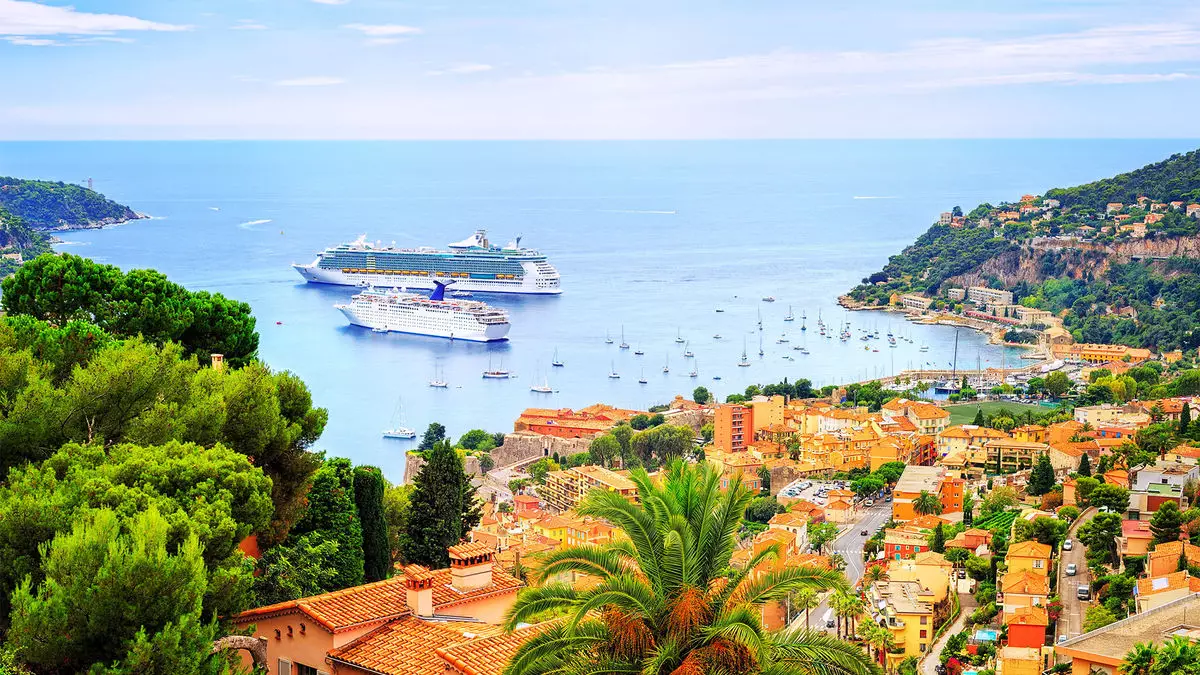In a significant move towards sustainable tourism, the mayor of Nice, Christian Estrosi, has implemented new regulations that will restrict the docking of large cruise ships in the region. Effective July 1, 2025, vessels carrying more than 900 passengers will no longer be permitted to offload their guests in Nice or the nearby Villefranche-sur-Mer. This decision, motivated by the increasing challenges of overtourism in popular destinations, seeks to foster a more curated and sustainable visitor experience.
Estrosi’s decree, while impactful, highlights the limitations of local governance. Although he cannot completely prohibit large ships from entering the region, he can regulate whether they allow passengers to disembark for excursions. This measure will, therefore, prevent larger cruise liners from transporting their guests to iconic local attractions, encouraging a shift to smaller, less intrusive vessels. Indeed, the landscape of cruise tourism is evolving, and municipalities like Nice are at the forefront of implementing regulations aimed at mitigating its adverse effects.
The response from the Cruise Lines International Association (CLIA) has been one of disbelief. They argue that the move could damage local businesses that benefit from cruise tourism. Despite no large ships being scheduled to dock in Nice in 2025, the association suggests that the decision may prematurely alienate a major revenue stream for both the town and service providers dependent on cruise lines.
Moreover, the CLIA contends that such restrictions could perpetuate a narrative that villainizes the cruise industry rather than seeking cooperative solutions for sustainable tourism practices. This concern is echoed by various stakeholders within the tourism sector, who believe that collaboration and dialogue between local authorities and the cruise industry could yield innovative approaches promoting sustainability while still allowing for ample tourist activity.
Nice is not an isolated example in this context; various other European destinations are grappling with similar issues. Cities such as Barcelona, Venice, and Amsterdam have taken steps to limit cruise traffic in an attempt to protect their cultural heritage and local environment. These destinations share a common motivation: not only to manage tourism but also to preserve their unique attributes that draw visitors in the first place.
This grassroots movement against overtourism reflects a broader societal shift towards more responsible travel. Tourists are increasingly seeking authentic experiences that foster connection with local cultures while minimizing their environmental impact. This trend places pressure on cities to adapt their tourism strategies, emphasizing quality over quantity.
A Path Ahead for Sustainable Tourism
As we move forward, the challenge facing destinations like Nice will be finding the delicate balance between welcoming tourists and preserving their local charm and environments. Initiatives such as introducing shore power capabilities for moored ships speak to a growing recognition of the need for sustainable maritime practices.
By effectively managing cruise ship tourism while still encouraging smaller, eco-friendly vessels, Nice could pave the way for a model of tourism that prioritizes sustainability without sacrificing economic benefits. Ultimately, the decree implemented by Mayor Estrosi serves as a crucial touchpoint in the ongoing discussion about the impacts of overtourism and the need for smarter, more responsible travel practices in an increasingly fragile world.

